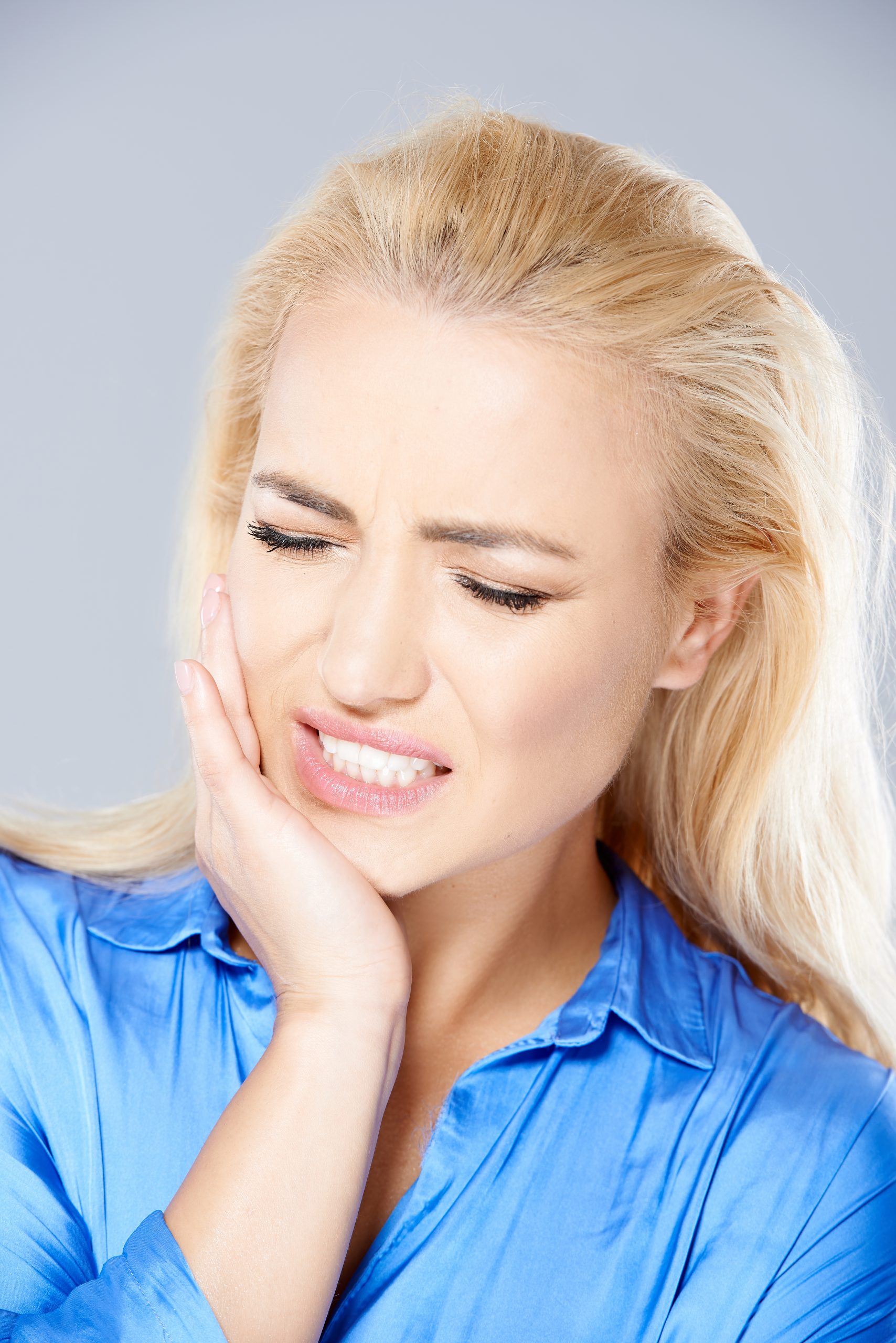Bruxism Treatment (Teeth Grinding)

Bruxism is grinding of the teeth and/or excessive clenching of the jaw muscles. Bruxism is a
common problem that affects up to 30% of the general population. It is very common for
children to brux their teeth prior to adolescence and then spontaneously stop bruxing. For adults
who brux, Dr. Faber at Mission Laser Dentistry in San Juan Capistrano CA, uses the expression
"once a tooth grinder, always a tooth grinder". That is to say that adults who brux will likely
have a tendency to do so for the rest of their lives. Therefore, early diagnosis and fabrication of
an appropriate nightguard early in life can prevent the severe damage that the condition would
otherwise produce over a lifetime.
The most common sign that a person is bruxing is a remarkable flattening or "machining" of the
biting surfaces of the front and or back teeth (insert images). Most patients who brux have no
idea that they are doing so yet probably have been grinding their teeth for years.
There are some symptoms that are commonly associated with bruxism, including hypersensitive
teeth, aching jaw muscles, and headaches. Bruxism may cause tooth wear, and even damage or
break teeth and dental restorations such as crowns and fillings. Also of note is that bruxers
tend to have more sensitivity after dental work has been performed.
There are two main types of bruxism: that which occurs during sleep (sleep bruxism) and that
which occurs during wakefulness (awake bruxism). The damage to the teeth may be similar in
both types, but the symptoms of sleep bruxism tend to be worst on waking and improve during
the course of the day, and the symptoms of awake bruxism may not be present at all on waking,
and then worsen over the day. The causes of bruxism are not completely understood, but in most
cases a stressful lifestyle is a common underlying factor. Awake bruxism is thought to have
different causes than sleep bruxism, and is more common in women, whereas males and females
are affected in equal proportions by sleep bruxism.

Most people who brux or grind their teeth are unaware of the problem, because they are sound asleep and
oblivious to the aversive grinding sounds they are making or because they feel no symptoms. Though it
should be noted that most of these patients will have the telltale appearance of machined/flattened biting
surfaces of their teeth. If symptomatic, sleep bruxers usually have pain in their jaw joints (TMJs) or jaw
muscles immediately after waking, and then slowly get better throughout the day. Conversely, the
symptoms of a grinding habit which occurs mainly while awake tend to slowly get worse throughout the
day, and may not be present upon waking. Bruxism may cause a variety of signs and symptoms,
including:
∙ Excessive tooth wear-known as attrition which flattens the biting surfaces of the teeth, but also possibly
other types of tooth wear such as notches form around the neck of the teeth at or just above the gumline.
(insert image)
∙ Fractured teeth and repeated failure of dental restorations (fillings, crowns, etc.).
∙ Teeth that are sore to bite on or thermally sensitive-especially just after dental work has been
performed.
∙ A grinding or tapping noise during sleep, sometimes detected by a partner or a parent. This noise can be
surprisingly loud and alarming, and can wake a sleeping partner. Noises are rarely associated with awake
bruxism.
Dr. Faber of Mission Laser Dentistry in San Juan Capistrano, Ca treats patients who damage their teeth through nighttime bruxing by fabricating a nightguard-an appliance to be worn at night that protects their teeth. In severe cases, the bruxer's teeth and resulting bite relationship(occlusion) may need to be entirely restored-a process known as full-mouth reconstruction.